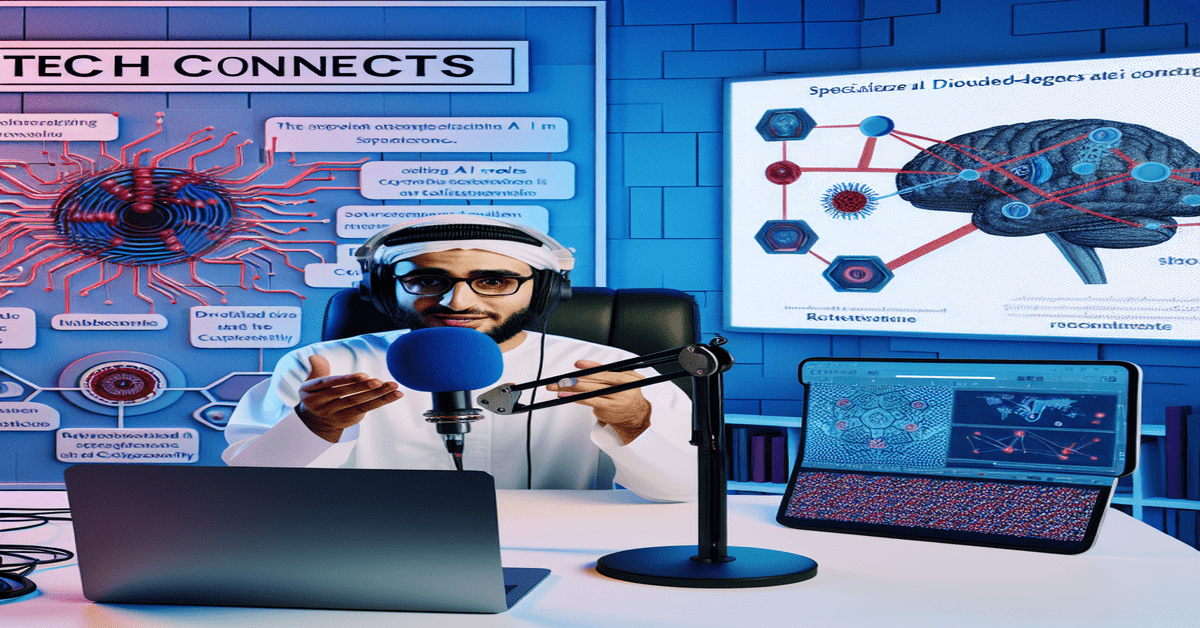The Future of Cybersecurity: Navigating the AI Arms Race
In a world where technology is advancing at an unprecedented pace, the landscape of cybersecurity is undergoing a profound transformation. The rise of artificial intelligence (AI) has brought forth a new era of possibilities and challenges, shaping the future of how we protect our digital assets. In the latest episode of the “Tech Connects” podcast, hosted by Dice, Torsten Staab, the principal technical fellow at Nightwing, shares his insights on the future of cybersecurity and intelligence.
The Double-Edged Sword of AI
One of the most significant developments in recent years has been the rapid advancements in generative AI. These sophisticated algorithms have the power to revolutionize various industries, from customer service to healthcare. However, as Staab points out, AI is a **double-edged sword**. While it offers immense potential for enhancing efficiency and improving user experiences, it also opens up new vulnerabilities that malicious actors can exploit.
The emergence of AI has triggered an “AI arms race” in the cybersecurity domain. On one side, defenders are leveraging AI to detect and prevent cyber threats more effectively. They employ machine learning algorithms to analyze vast amounts of data, identify anomalies, and respond to incidents in real-time. On the other hand, attackers are equally eager to harness the power of AI. They use it to create more sophisticated and targeted attacks, evade detection, and exploit vulnerabilities in AI-powered systems.
Mitigating AI Risks: A Layered Approach
To navigate this complex landscape and mitigate the risks posed by AI, Staab recommends adopting a layered approach to cybersecurity. The first line of defense lies in establishing clear policies and usage guidelines within organizations. By defining and enforcing strict rules around access to sensitive information, companies can minimize the risk of data breaches and unauthorized access.
However, policies alone are not sufficient. Engineered controls, such as data screening tools, play a crucial role in monitoring data flow and identifying potential leaks or misuse. These tools leverage AI algorithms to analyze data patterns, detect anomalies, and flag suspicious activities. By continuously monitoring and updating these controls, organizations can stay ahead of the evolving threat landscape.
The Future of Cybersecurity: Specialized AI and Distributed Intelligence
Looking ahead, Staab predicts that the future of cybersecurity will witness the development of specialized AI models designed to tackle specific tasks. Instead of relying on generic AI systems, cybersecurity professionals will create tailored models that excel at detecting and mitigating particular types of threats. This specialization will enable more precise and effective threat detection and response.
Moreover, as AI becomes increasingly embedded within various devices and systems, the concept of distributed intelligence will gain prominence. From smartphones to IoT devices, AI will be integrated into a wide range of technologies, creating new security challenges. Ensuring the integrity and security of these distributed systems will require novel approaches and collaborative efforts from cybersecurity experts, AI developers, and device manufacturers.
Implications for Companies and Professionals
The convergence of AI and cybersecurity has significant implications for both companies and professionals. As Staab emphasizes, organizations must prioritize cybersecurity and invest in robust measures to safeguard their digital assets. This includes not only implementing technical controls but also fostering a culture of security awareness among employees.
For professionals in the cybersecurity field, staying up-to-date with the latest advancements in AI is crucial. Continuous learning and skill development will be essential to keep pace with the evolving threat landscape. Professionals who can bridge the gap between AI and cybersecurity, possessing a deep understanding of both domains, will be in high demand.
Conclusion
The future of cybersecurity is intertwined with the rapid advancements in AI. As we navigate this uncharted territory, it is essential to approach AI with a balanced perspective, recognizing both its potential benefits and risks. By adopting a layered approach to security, fostering collaboration between experts, and investing in specialized AI models, we can harness the power of AI to strengthen our defenses against cyber threats.
As Torsten Staab aptly puts it, “The AI arms race is here, and it’s up to us to ensure that we stay one step ahead.” By staying informed, adaptable, and proactive, we can shape a future where AI and cybersecurity work hand in hand to protect our digital world.
#Cybersecurity #AI #FutureTrends #Cybersecurity
- Original article and inspiration provided by Dice Insights
- Connect with one of our AI Strategists today at Opahl Technologies


